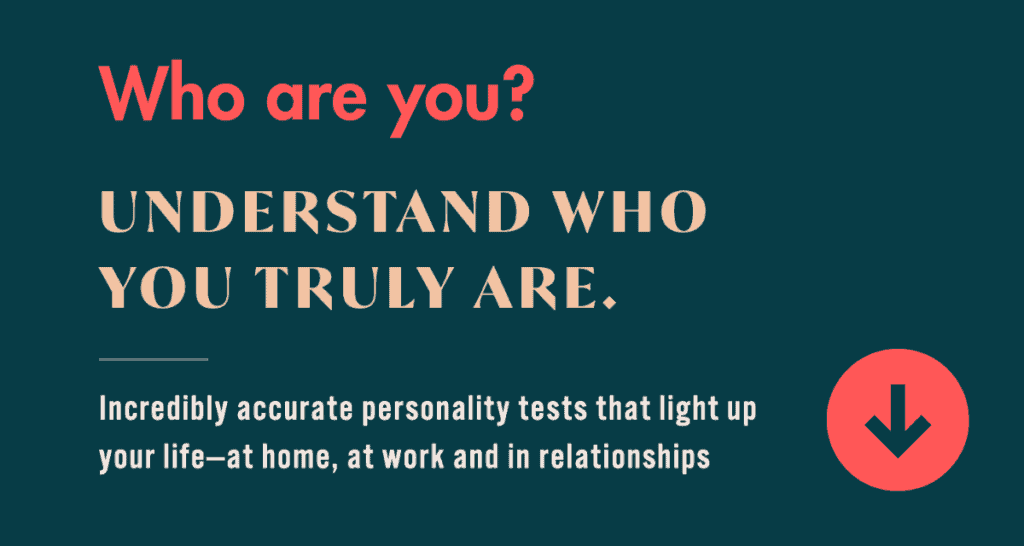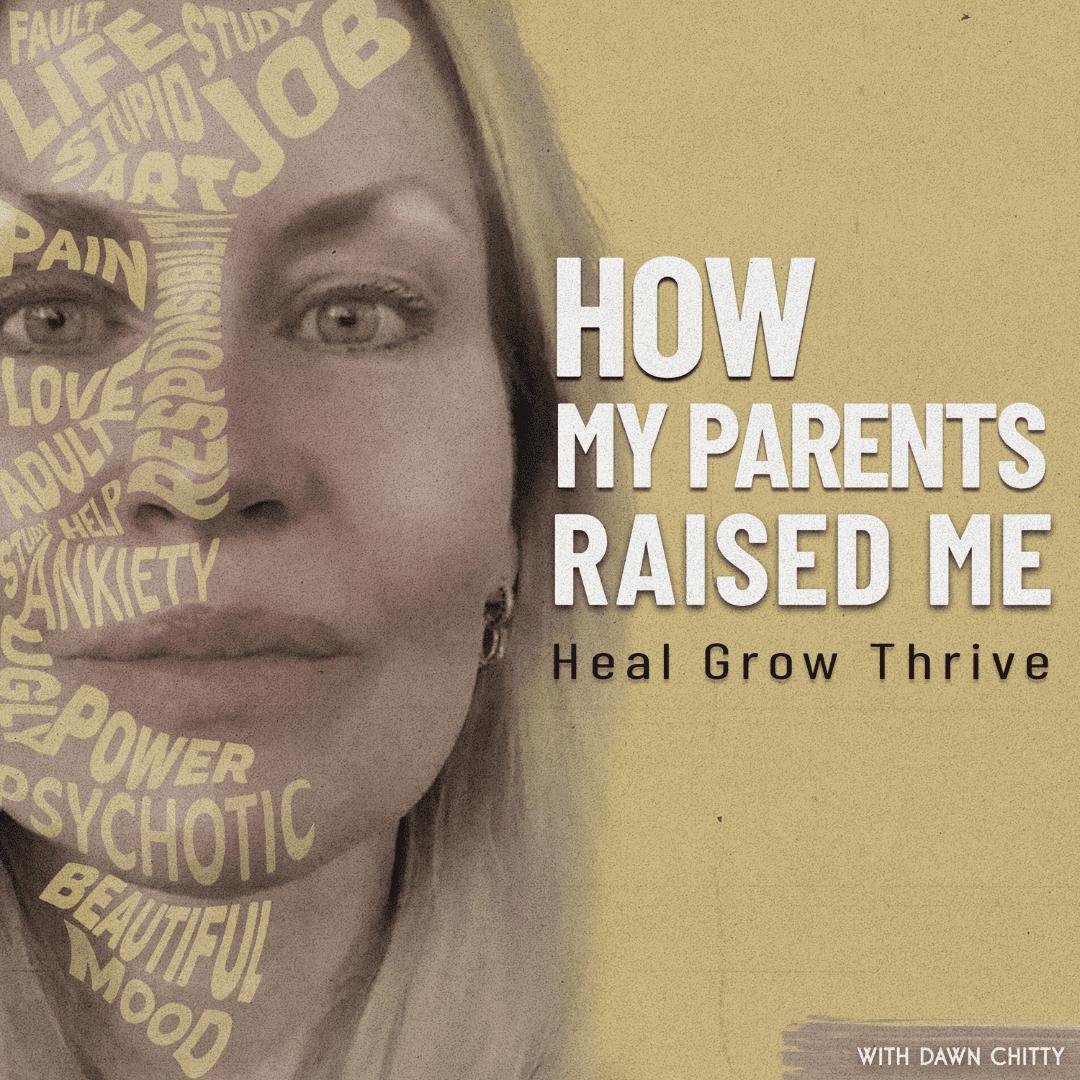Panic attacks: the facts
Imagine suddenly feeling an overwhelming surge of fear and anxiety that seems to come out of nowhere. Your heart races, your palms get sweaty, and it becomes hard to catch your breath. You might even believe you’re having a heart attack or going crazy. But this distressing and often bewildering experience can be a panic attack.
If you’ve ever wondered what a panic attack is or if you’ve experienced one yourself, read on to gain a deeper understanding of this complex and often misunderstood aspect of mental health.

1. Panic Attacks: The facts
What Are The Symptoms Of A Panic Attack?
panic attacks: the facts
Sudden and Intense Fear: Panic attacks typically start abruptly and are accompanied by an overwhelming sense of fear or dread. This fear often feels irrational and disproportionate to the situation.
Rapid Heartbeat (Palpitations): One of the most common physical symptoms is a racing heart. It can feel like your heart is pounding or skipping beats, contributing to the sensation that something is seriously wrong.
Shortness of Breath: Many individuals experience difficulty breathing during a panic attack. It can manifest as rapid, shallow breathing or even hyperventilation, making it difficult to catch your breath.
Chest Pain or Discomfort: The intense anxiety of a panic attack can lead to chest pain or tightness. This symptom often contributes to the misconception that one is having a heart attack.
Trembling or Shaking: Physical trembling or shaking, often in the limbs, is a common response to the surge of adrenaline that accompanies a panic attack.
Sweating Excessively: Profuse sweating is another physical symptom. You may break out in a cold sweat even if you’re not in a hot environment.
Feeling Lightheaded or Dizzy: A sense of lightheadedness or dizziness can occur during a panic attack, making you feel unsteady or as though you might faint.
Nausea or Upset Stomach: Some people experience gastrointestinal symptoms, such as nausea, stomach cramps, or diarrhea, during a panic attack.
Chills or Hot Flashes: You may suddenly feel intensely cold or experience hot flashes and sweating.
Tingling Sensations: Numbness or tingling in the fingers or toes is another potential symptom. This is often due to changes in blood flow caused by the body’s stress response.
Fear of Losing Control or Going Crazy: Many individuals going through a panic attack report a profound fear of losing control or of going insane. This fear can be distressing and contribute to the overall sense of panic.
Sense of Detachment from Reality: Some people describe feeling as though they are detached from their surroundings or that they are observing themselves from outside their own body.
Terror or Impending Doom: A pervasive sense of terror or the feeling that something catastrophic is about to happen is a hallmark of panic attacks.
Panic attacks typically reach their peak within minutes and rarely last longer than 20-30 minutes, although the intense physical and emotional effects can linger for some time afterward.
It’s important to note that not everyone will experience all of these symptoms, and the intensity can vary from person to person. If you or someone you know experiences recurring panic attacks, seeking professional help from a mental health provider can be instrumental in managing and treating this challenging condition. (panic attacks: the facts)
* 15 Clear Ways To Recognise You Are Dissociating

2. Panic Attacks: The Facts
What Triggers A Panic Attack?
Panic attacks can be triggered by a combination of psychological, biological, and environmental factors. While the exact cause can vary from person to person, here are some common reasons why people experience panic attacks:
Stress and Anxiety: High levels of stress and anxiety are often major contributors to panic attacks. Stressful life events, such as financial difficulties, relationship problems, or work-related stress, can trigger anxiety, which may manifest as panic attacks.
Genetics: There is evidence to suggest that genetics can play a role in predisposing individuals to panic attacks and panic disorder. If you have a family history of anxiety disorders, you may be at a higher risk.
Neurochemical Imbalance: An imbalance in neurotransmitters (chemical messengers in the brain) such as serotonin and norepinephrine can contribute to the development of panic attacks. These imbalances can affect the brain’s ability to regulate emotions and stress responses.
Phobias and Trauma: Past traumatic experiences or specific phobias can increase the likelihood of panic attacks. For example, if someone has a fear of enclosed spaces (claustrophobia), being in such a situation may trigger a panic attack. (panic attacks: the facts)
*Imposter Syndrome – 10 Tips To Ignite Authenticity

Changes in Lifestyle: Major life changes, such as moving to a new city, starting a new job, or going through a significant life transition, can be stressors that lead to panic attacks.
Substance Abuse: The use of certain substances, including caffeine, alcohol, and recreational drugs, can increase the risk of panic attacks. These substances can disrupt brain chemistry and trigger anxiety-like symptoms.
Medical Conditions: Some medical conditions, such as hyperthyroidism or heart conditions, can mimic the physical symptoms of a panic attack. People with these conditions may experience panic attacks as a result.
Sensitivity to Bodily Sensations: Some individuals are highly sensitive to bodily sensations and interpret them as signs of danger. This heightened sensitivity can lead to the misinterpretation of normal bodily functions, such as an increased heart rate, as a threat, triggering a panic attack.
Lack of Coping Skills: People who lack effective coping mechanisms to manage stress and anxiety may be more prone to panic attacks. Learning healthy ways to cope with stress and emotional challenges is crucial in preventing panic attacks.
It’s important to note that while these factors can contribute to panic attacks, they are not deterministic. Many people with risk factors do not experience panic attacks, and many who experience panic attacks do not have all of these risk factors. (panic attacks: the facts)
8 Ways A Controlling Childhood Leads To Trauma

3. Panic Attacks: The Facts
How Can I Manage A Panic Attack?
Experiencing a panic attack can be distressing, but there are several steps you can take to help manage and alleviate the symptoms when one hits.
Recognize It: The first step is to acknowledge that you’re experiencing a panic attack. Understanding that this is a temporary episode and not a life-threatening situation can help reduce the fear associated with it.
Find a Safe Space: If possible, move to a quiet and safe environment. Removing yourself from overwhelming stimuli, such as crowds or noisy places, can help you regain a sense of control.
Focus on Breathing: Concentrate on your breathing. Practice slow, deep breaths to help calm your nervous system. Inhale slowly for a count of four, hold for four, and then exhale for a count of four. This controlled breathing can alleviate some of the physical symptoms.
Ground Yourself: Grounding techniques can help you reconnect with the present moment. Try the “5-4-3-2-1” method by identifying five things you can see, four things you can touch, three things you can hear, two things you can smell, and one thing you can taste. This sensory exercise can anchor you in reality.
Challenge Negative Thoughts: Panic attacks often come with irrational fears and catastrophic thoughts. Challenge these thoughts by asking yourself if they’re based in reality. Remind yourself that you’ve experienced panic attacks before and have come through them.
Use Affirmations: Create and repeat positive affirmations. Phrases like “I am safe,” “This will pass,” or “I can handle this” can help reframe your thinking and reduce anxiety.
Progressive Muscle Relaxation: Tense and then release each muscle group in your body. This technique can help alleviate physical tension and promote relaxation.
Stay Hydrated: Sipping water can help reduce the sensation of a dry mouth and throat, which is common during panic attacks.
Reach Out for Support: If you’re with someone you trust, let them know you’re experiencing a panic attack and explain what they can do to support you. Sometimes, having someone there to talk to or offer comfort can be very helpful.
Avoid Caffeine and Stimulants: If you can, avoid caffeine, nicotine, and other stimulants, as they can exacerbate anxiety symptoms.
Accept the Experience: Sometimes, the more you resist a panic attack, the worse it can become. Try to accept it as a temporary experience, and remind yourself that it will pass.
Consider Professional Help: If panic attacks are a recurring issue and significantly impact your life, consider seeking professional help from a therapist or psychiatrist. Cognitive-behavioral therapy (CBT) and medication can be effective treatments for panic disorder.
Remember that it’s essential to be patient and compassionate with yourself when dealing with panic attacks. They can be challenging, but with practice and support, you can learn to manage them more effectively over time. If you’re unsure how to cope with panic attacks, consider consulting a mental health professional for guidance and personalized strategies.
Panic attacks can be terrifying and overwhelming experiences, but they are manageable. Recognizing the symptoms, understanding the triggers, and learning effective coping strategies are essential steps in regaining control over these episodes. (panic attacks: the facts)









